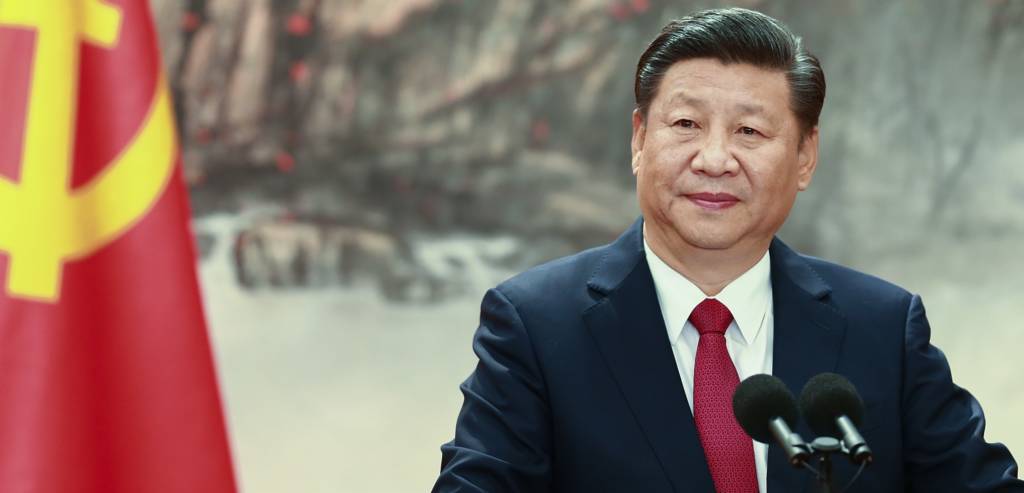Just when we thought that China wants to give up belligerence and placate its increasingly disillusioned neighbours, it started flexing muscles all over again. The second wave of Chinese military aggression is here and the venues are also the same- Japan’s Senkaku Islands in the East China Sea, the South China Sea and the Line of Actual Control (LAC)- de facto Sino-India border in Eastern Ladakh.
On Wednesday, Japan Times reported that Chinese ships were spotted near Japan’s Senkaku Islands for the 100th straight day. Tokyo says that this is the longest Chinese maneuver described since 2012, when Japan had brought the Island group under state control.
Japan’s Chief Cabinet Secretary Yoshihide Suga said, “The repeated activities are extremely serious. Japan Coast Guard patrol ships have issued warnings and we have protested to the Chinese side through diplomatic channels over and over again.”
It is pertinent to mention that Tokyo had purchased the Senkaku Islands from a private owner in the year 2012. However, an expansionist Beijing continues to claim sovereignty over them. China calls the Island group- Diaoyu.
Renewed Chinese aggression has taken place in the South China Sea too after a brief pause, and this time Beijing has not messed with small island countries in Southeast Asia, but has tried to bully a Quad member, Australia.
According to ABC, Australian warships encountered the Chinese Navy in the South China Sea during a voyage in which the Australian vessels sailed through disputed waterways, en route their way to Hawaii for joint military war games with the US and Japan.
The incident occurred when the Australian Defence Force joint task group comprising five warships was travelling close to the disputed Spratly Islands, over which China claims sovereignty.
It is understood that the Australian Navy warships did not cross into the 12 nautical miles territory of the disputed Islands unlike the US which had conducted freedom of navigation exercises to challenge Beijing’s unilateral claims in the region. However, the Chinese Navy was spotted near the contested Islands. Upon being caught, the Chinese Navy “confronted” the Australian warships.
The incident is all the more shocking as it happened in international waters, showing how Chinese unilateralism is hurting the freedom of navigation in the Indo-Pacific.
Chinese build up is happening in the Himalayas too after a hiatus in Chinese aggression. As per the Indian Express, Chinese People’s Liberation Army (PLA) troops have dug in at Pangong Tso and Patrolling Point 17A at Gogra.
The Chinese are said to have vacated the Finger 4 base area in Pangong Tso but are still occupying the ridgeline positions at Finger 4. The Indian perception of the LAC in the Pangong Tso area is Finger 8, whereas China considers the LAC to be coterminous with the Finger 4 area. The Chinese troops are therefore several kilometres inside the Indian perception of the LAC.
The Chinese have thus refused to step back from two out of four friction points in Eastern Ladakh two weeks after a breakthrough was achieved in the high level talks between the Indian Army and rhe PLA.
The military stand off between India and China that started on May 5 this year has therefore not ended formally till now. Indian Express has quoted sources as saying that the disengagement and de-escalation processes are “presently stalled”. It is possible that the Dragon reneged on the understanding to diffuse tensions at the LAC in Eastern Ladakh. Beijing could thus be trying to reactivate the friction points.
China is living dangerously here. Beijing’s habits can land the Indo-Pacific in a major conflict. In a matter of couple of days, China has locked three Indo-Pacfic powers and Quad partners- India, Australia and Japan into a tense situation. The resurgence in Chinese belligerence can create new conflict zones and militarise new areas, especially because it is becoming clearer that Chinese aggression is here to stay.
